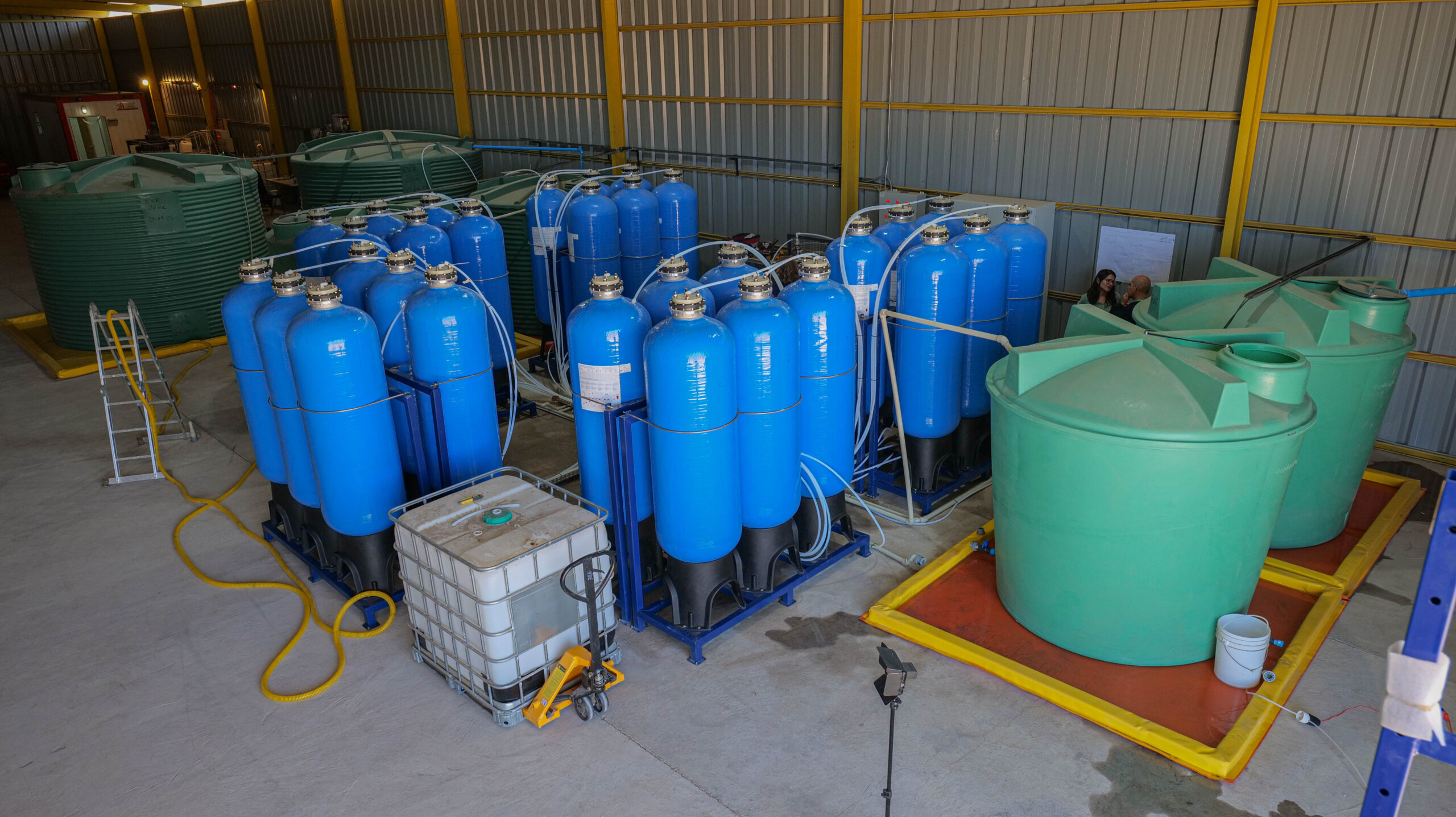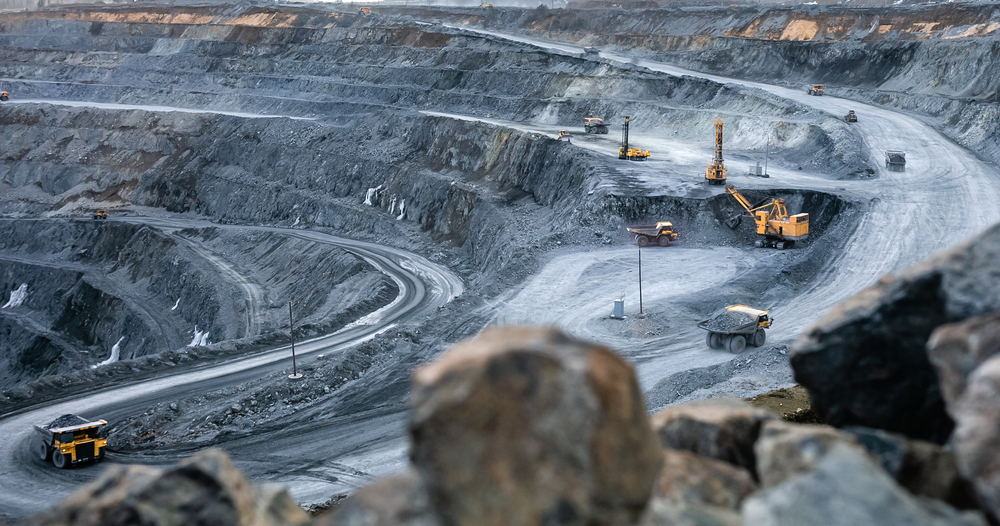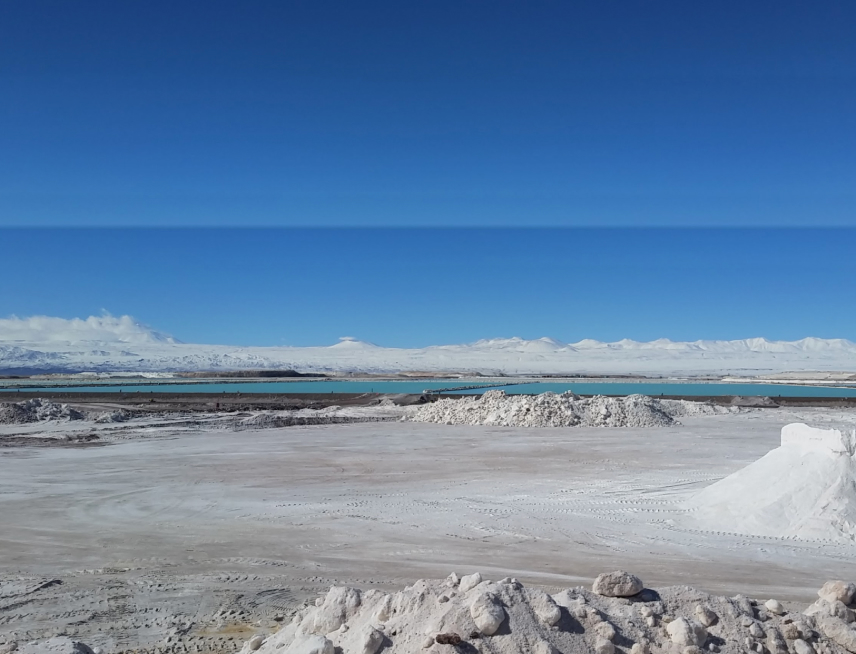Direct Lithium Extraction
This approach has the critical advantage of unlocking a path to cleaner lithium production with the lowest environmental impact, creating a strong market advantage.
DLE is a proven technology, with established and producing projects in China and South America. In a DLE operation, brine is pumped to a processing unit where a resin or adsorption material is used to extract only the lithium from the brine, while spent brine is reinjected into the basin aquifers.
The reinjection of brine into the aquifer is a crucial environmental differentiator between the DLE process being adopted by CTL and other lithium producers that use evaporation pond processes.
Furthermore, our DLE technology offers higher recoveries and purities than other forms of lithium extraction. View CTL’s DLE process here.

1 Water loss = water volume extracted that is not recycled or reinjected
Minimising water loss
Chile’s existing lithium production is produced with evaporation ponds at Salar de Atacama – 100m3 of brine is evaporated to produce one tonne of LCE.
DLE and reinjection of spent brine aims to reduce net water consumption to >2m3 per tonne of LCE (50 times less than existing production in Chile).
Hardrock Extraction
Lithium production from hardrock mines and evaporation pond operations are estimated to create 5-15 tonnes of CO2 per tonne of Lithium produced.
Lithium extracted by ‘hardrock’ comes from minerals hosted in Pegmatites. The hard-rock method extracts lithium directly from Pegmatites, with common surface mining techniques.
Mineralised Pegmatites are crushed, milled, and separated according to ore mineral identification. Lithium found within Spodumene can then be processed into lithium carbonate or lithium hydroxide, the compound preferred by EV battery manufacturers.


Courtesy of Google Earth
Evaporation Ponds
The traditional process of extracting lithium from brine is through evaporation ponds. The brine is pumped to the surface of the deposit to be evaporated, with each transfer to a new pond achieving a higher purity until the lithium can be fully extracted and processed.
This traditional brine mining process requires the diversion of water and can have a long-term environmental impact on the surrounding area and local communities. The process is multi-year and is only relevant in certain regions of the world, where the deposits and right weather conditions exist.
